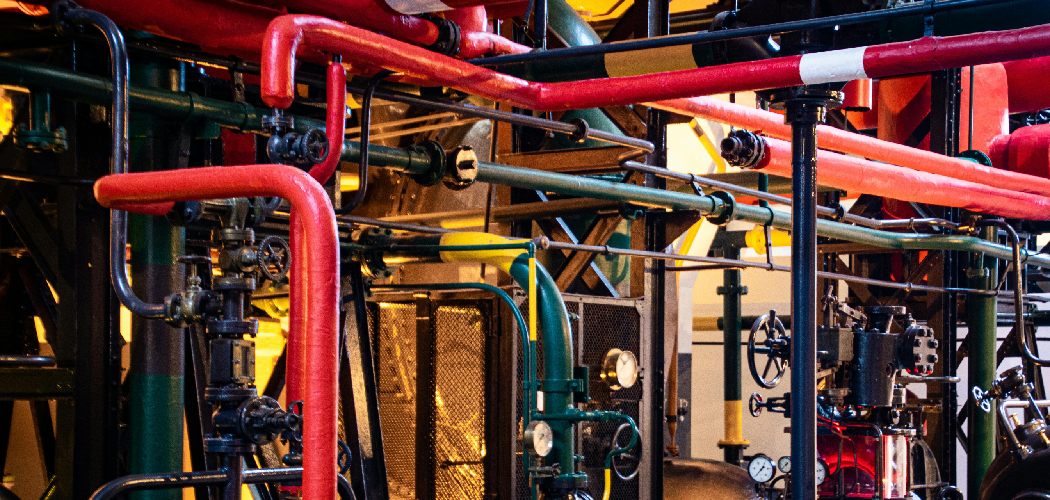Understanding why condensation forms on PVC pipes is crucial for effective prevention. Typically, condensation occurs when warm, humid air comes into contact with the cooler surface of PVC pipes. This temperature difference causes moisture in the air to condense on the pipes, resulting in water accumulation. The presence of condensation can lead to various problems, including water dripping, mold growth, and potential damage to nearby materials due to increased moisture levels.
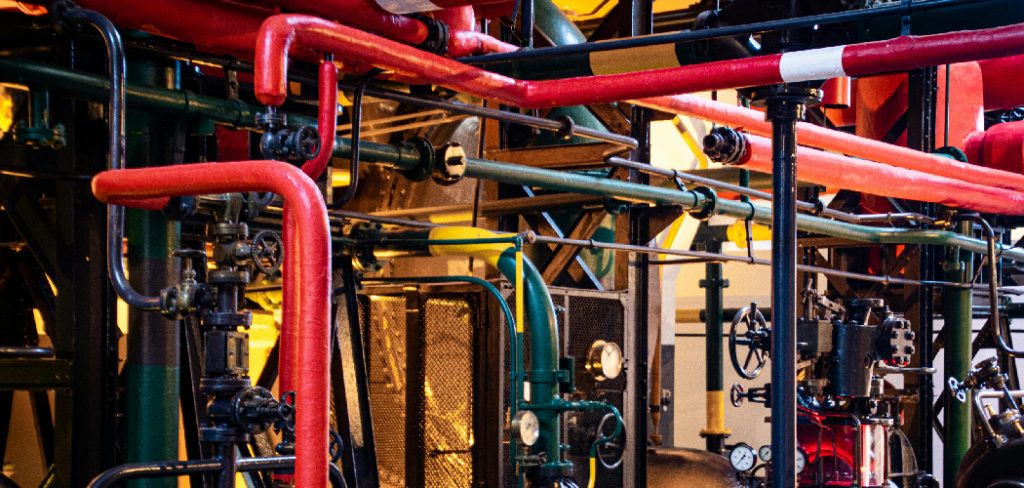
Additionally, this excess humidity can worsen the conditions in enclosed spaces, creating an environment conducive to mold and mildew. This article aims to provide practical solutions on how to stop condensation on PVC pipes, thereby safeguarding your home from potential damage. By implementing these strategies, you can prevent condensation-related issues and maintain the integrity of your living space.
Understanding the Causes of Condensation on PVC Pipes
Condensation on PVC pipes is primarily due to temperature differences, humidity levels, and inadequate ventilation or insulation.
The Role of Temperature Differences
When cold water flows through PVC pipes, their surface temperature significantly lowers. This cooling effect makes the surrounding area warmer, and humid air condenses when it comes into contact with the cooler pipe surfaces. The result is moisture build-up on the pipe surface, which leads to problems like water dripping and potential mold growth.
Humidity Levels in the Surrounding Environment
High indoor humidity plays a critical role in the formation of condensation. Environments with elevated moisture levels in the air mean more water vapor is available to condense on any cooler surface, such as PVC pipes. This is particularly common in areas like basements, bathrooms, or kitchens, where activities result in increased humidity.
Inadequate Ventilation or Insulation
Poor air circulation or lack of adequate insulation significantly exacerbates condensation issues. Humid air remains stagnant without proper ventilation, increasing the odds of contact with cooler surfaces.
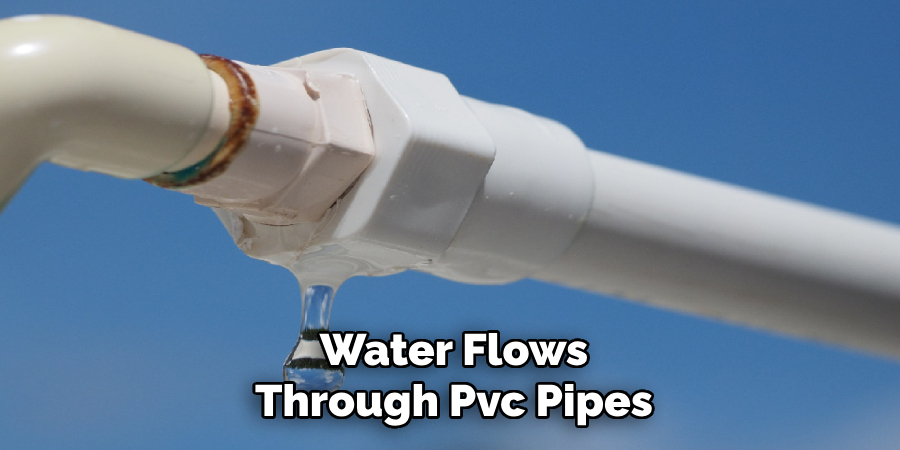
Similarly, uninsulated pipes lack a protective layer to keep the external pipe surface above the dew point, making them even more susceptible to condensation. Addressing these factors is crucial for effectively preventing condensation-related issues.
How to Stop Condensation on PVC Pipes Insulating the PVC Pipes
Selecting the Right Insulation Material
Choosing the correct insulation material is a critical first step in preventing condensation on PVC pipes. Foam pipe insulation is popular due to its lightweight nature and ease of installation. It efficiently retains heat and provides a barrier between the pipe surface and humid air, thereby reducing the likelihood of condensation.
Rubber or fiberglass insulation is recommended for enhanced durability in areas with high humidity levels. These materials offer superior resistance to moisture and maintain their insulating properties over time, even in challenging environments.
How to Insulate PVC Pipes
Insulating PVC pipes involves wrapping them with appropriate insulation material. Begin by choosing foam sleeves or pre-slit insulation, which can easily be fitted around the pipe. Start at one end of the pipe, gently pressing the insulation into place as you move along its length. Ensure that the insulation fits snugly and covers the entire pipe without any gaps. Use waterproof tape to seal seams and joints, which is crucial for preventing moisture ingress and maintaining insulation effectiveness.
Benefits of Pipe Insulation
Implementing pipe insulation provides several advantages. First, it helps maintain the surface temperature of the pipes, thereby preventing moisture condensation from the surrounding air. This reduces the risk of water drips and potential water damage and helps inhibit mold and mildew growth that thrive in moist conditions. Insulated pipes also offer improved energy efficiency by reducing heat loss, ultimately contributing to lower energy costs and a more stable indoor environment.
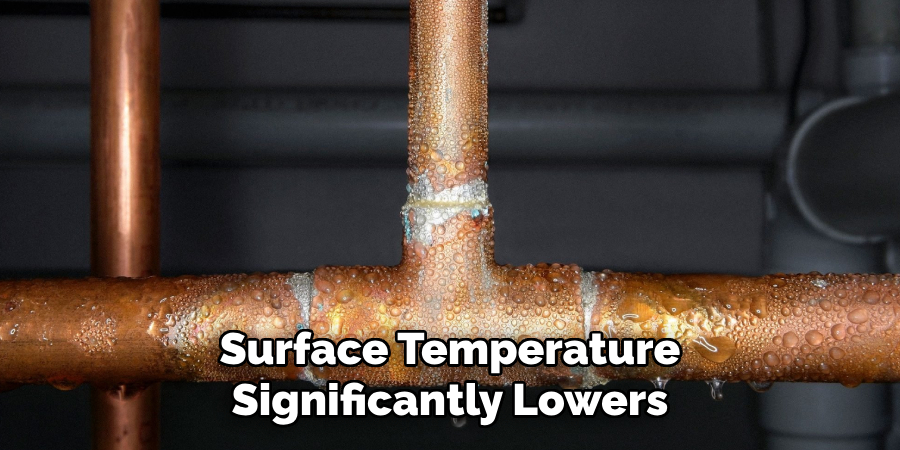
Controlling Humidity in the Surrounding Area
Using a Dehumidifier
A dehumidifier effectively reduces moisture levels in humid environments such as basements, laundry rooms, or crawl spaces. Drawing in humid air and removing excess water vapor assists in maintaining an ideal indoor humidity level, significantly decreasing the likelihood of condensation forming on PVC pipes.
For optimal results, place the dehumidifier in the center of the room or near moisture-prone areas, ensuring unobstructed airflow around the unit. Regularly empty the water reservoir and clean the filter to maintain efficiency and prolong the device’s lifespan.
Improving Ventilation
Proper ventilation is crucial in mitigating high indoor humidity levels. Installing or upgrading exhaust fans in high-humidity areas like bathrooms or kitchens can effectively expel moist air, preventing it from settling on cooler surfaces, such as PVC pipes. These fans should be operated during and after activities that produce moisture, such as showers or cooking. Opening windows or using portable fans to promote air circulation also helps disperse humid air, reducing the conditions conducive to condensation.
Sealing Gaps to Prevent Moisture Ingress
Another essential step in controlling indoor humidity is to prevent external moisture from entering the space. Caulking or weatherproofing doors and windows help seal gaps through which humid air might infiltrate. Ensuring that all doors and windows close tightly and using draft stoppers on doors can also reduce the entry of outside moisture. Regular maintenance checks on the seals of doors and windows are crucial, as even small gaps can increase indoor humidity levels, exacerbating condensation issues on PVC pipes.
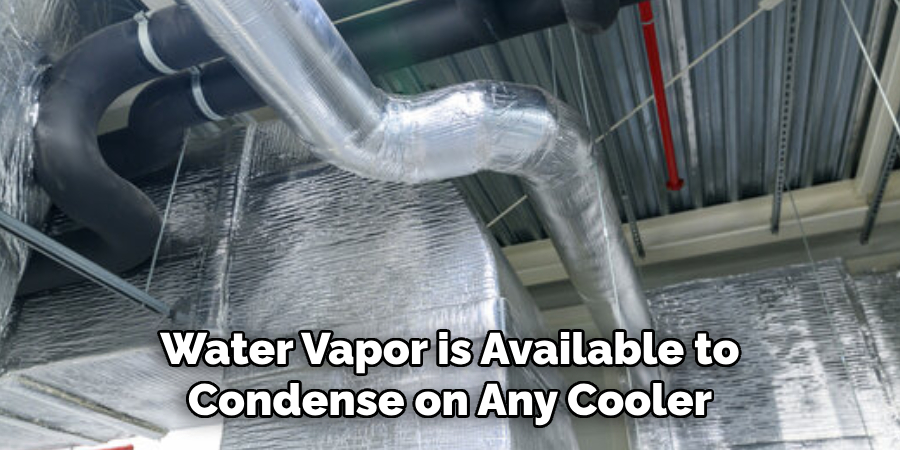
Using Anti-Condensation Coatings
What Are Anti-Condensation Coatings?
Anti-condensation coatings are specialized paints or sprays that minimize surface condensation on exposed PVC pipes. These coatings create a barrier that reduces the potential for moisture to form and accumulate, thus helping to prevent dripping and associated damage. They are particularly useful in environments prone to high humidity where additional protective measures are required alongside conventional insulation.
Application Process
To effectively apply anti-condensation coatings, thoroughly clean the pipe surface to remove any dust, dirt, or grease, ensuring optimal coating adhesion. Once cleaned, the surface should be prepared for coating by using a brush or spray can. It is essential to apply the coating in thin and even layers, covering the entire exposed area of the pipe. Allow each layer to dry completely before applying the next to build the protective barrier gradually.
Advantages and Limitations
The primary advantage of anti-condensation coatings is their ability to provide a long-term solution for exposed pipes, particularly in areas where insulation alone may not suffice. This makes them an excellent option for tackling challenging conditions that promote condensation.
However, these coatings should be used in conjunction with other preventive measures, such as insulation and improved ventilation, for maximum effectiveness. While they offer an additional layer of protection, anti-condensation coatings are not a standalone solution and should be part of a comprehensive strategy to manage condensation issues effectively.
Installing a Pipe Heating System
How Pipe Heating Systems Work
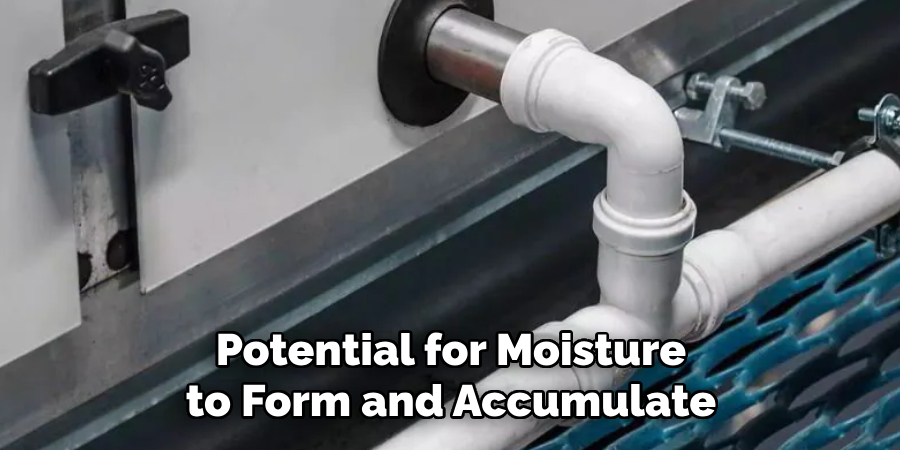
Pipe heating systems utilize heat cables or tapes to maintain the exterior surface of PVC pipes at a temperature that inhibits condensation. By keeping the pipes warm, these heating elements prevent moisture in the air from condensing on cooler surfaces, which is crucial in environments with high relative humidity. The system is designed to operate efficiently, turning on or off as needed to maintain optimal temperature conditions, ultimately safeguarding both the pipes and the surrounding area from potential moisture damage.
Installation Steps
To install a pipe heating system, begin by selecting heat cables or tapes recommended for PVC pipe use, ensuring the product’s compatibility and safety. Attach the heating cables along the entire length of the pipe, following the manufacturer’s guidelines for spacing and securing to avoid potential hotspots.
After installing the heating cables, wrap the pipes with insulation, such as foam or fiberglass sleeves, to maximize the system’s efficiency. This dual-layer approach maintains consistent warmth and provides additional protection against heat loss and physical impact.
When to Consider Pipe Heating
Installing a pipe heating system is particularly beneficial in areas with persistently high humidity or where insulation alone proves insufficient. It is an ideal solution for spaces like basements or crawl spaces, where ambient moisture levels routinely promote condensation despite standard precautionary measures. Consider this approach when regular insulation methods do not meet humidity control demands, ensuring a comprehensive strategy for effective moisture management.
Preventing Condensation Damage
Managing Drips and Water Collection
To effectively manage drips and prevent water accumulation from condensation, use drip trays or pans placed strategically under exposed pipes. These receptacles temporarily catch and hold the condensation, providing a simple yet effective way to mitigate the potential for water damage. Regularly empty and clean the trays to prevent overflow or the development of mold and mildew, ensuring a dry and safe environment.
Regular Maintenance Checks
Regularly inspect your pipes to identify any signs of damage, mold, or recurring condensation issues. Carefully examine areas where condensation is more prevalent, looking for visible water stains or indicators of mold growth. These checks allow for early detection and remediation of issues before they escalate into severe structural or health problems. Consistent maintenance helps ensure the long-term efficacy of other preventative measures like insulation or heating systems.
Protecting Nearby Materials
Use waterproof barriers or covers to protect nearby materials susceptible to water damage, such as wood, drywall, or other porous surfaces. Applying protective sealants or installing physical barriers helps shield these materials from direct contact with moisture, reducing the risk of deterioration or mold development. This precaution extends the lifespan of vulnerable structures, maintaining the integrity and safety of the surrounding environment.
Conclusion
In order to effectively learn how to stop condensation on PVC pipes, utilizing a combination of key strategies is essential. Insulation provides the primary defense by controlling surface temperature, while humidity control measures reduce moisture levels in the surrounding environment.
Anti-condensation coatings add a protective layer that minimizes moisture accumulation, and pipe heating systems maintain warmth to prevent condensation. Addressing condensation issues early is crucial to avoid long-term damage to both pipes and surrounding structures. Integrating these methods enhances their effectiveness, ensuring a comprehensive solution to managing and preventing condensation problems.

